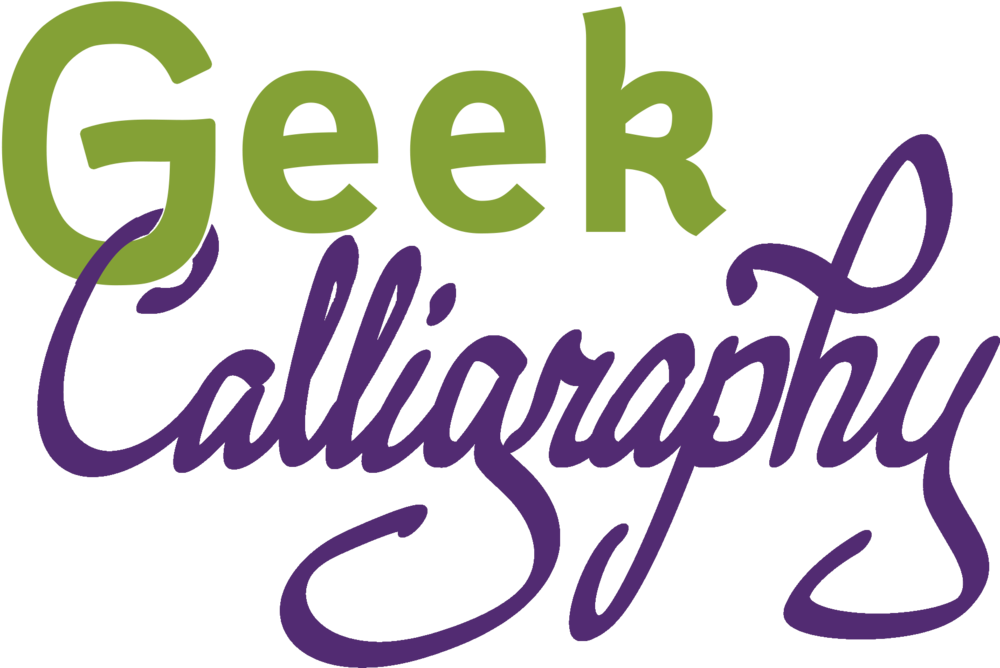by Terri
Did you meet your future spouse at an event sponsored by the Society for the Creative Anachronism? Is one of you a medieval historian? Do you think having traditional Judaic iconography in your artwork is important? Then this is the ketubah for you!
Available in 4 texts.
How it Came to Be:
Ariela originally conceived this design to serve the Renfaire crowd. In our initial Google Doc (dating back to 2012), this design is listed as follows:
Book of Kells-inspired illuminated manuscript (dual-listed to fantasy)
look up really old ketubot and something properly medieval (Matthew* says “documentation”)
Once Ariela put pencil to paper for even the most preliminary sketches, she realized she needed to do some serious research. In addition, she realized that she also needed to change the time period of the art she was looking at to later than the Book of Kells. Especially because we wanted the potential audience to be as wide as possible, from any Fantasy geek couple looking for something that would be at home in $_EuropeanFantasyland all the way to historians without being an actual reproduction. After all, there is nothing for an historian quite like having a well-meaning loved one say "I got you this Olde Timey thing!" and to have it be tooth-gnashingly inaccurate.**
The all-English design and any design containing Hebrew are mirror images of one another. This is actually easy to do if you have scanned the artwork in first. We do not force Ariela to paint an entirely separate design for something like this. That would be cruel and unusual punishment.
The Manuscript Ketubah is available with personalization in our 4 standard texts for $375.
*Matthew is my husband, and many of our early ideas (SA's Oath, some of the greeting cards, some stuff you haven't seen yet) were run by him in the initial planning stages.
**For the same reason, any binary code you see on this website actually says something.


























